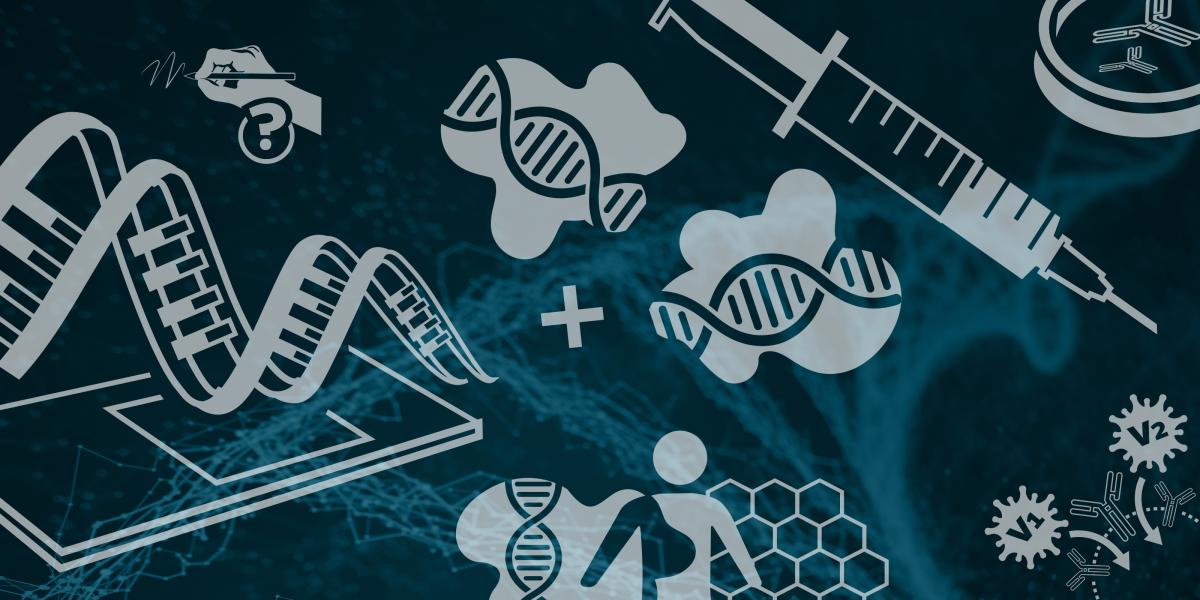Covid-19: How to Update an mRNA Vaccine
Confronted with SARS-CoV-2 variants that could weaken mRNA vaccines? No problem.
As soon as mRNA vaccines demonstrated startling efficacy against SARS-CoV-2 and began rolling out late last year, the virus revealed its slippery nature.
Like any virus, it’s constantly mutating. Some mutations, like those to the spike protein—which is essential to invading human cells—could reduce the original vaccines’ effectiveness.
The mRNA vaccines now in use are based on early SARS-CoV-2 strains and include a genetic sequence from the “original” spike protein.
If mutated spike proteins cause current vaccines to be substantially less efficacious, then scientists may need to update the vaccines.
Drawing on mRNA vaccines’ flexibility, scientists can insert the new spike protein’s mRNA sequence in the vaccine to maintain its current very high efficacy. Technically, it’s not hard to do, but it could affect the public’s trust (“Were the first vaccines a waste of time and money?”) and present logistical challenges (overlapping supplies of new and old vaccines, for example). So, they should only be undertaken when there’s a clear-cut benefit.
-

Test Variants Against Antibodies
Scientists constantly test vaccine-induced antibodies against emerging variants to make sure they still effectively block the virus’s spike protein from entering human cells.
-

Identify Vaccine Escape Mutants
When the antibodies consistently fail to block the new variant from infecting cells in the lab, the variant is ominously called “a vaccine escape mutant.” (If this happens, vaccine effectiveness may be reduced.)
-

Analyze Variant's Genome
Scientists then examine key sequences in the variant’s genome, typically looking for genetic code that alters the spike protein.
-

Deliver New mRNA Sequence to Cells
Scientists insert these sequences into a “bubble of fat” that will deliver RNA into human cells. (Viral RNA quickly disintegrates, so they need the fat to keep it safe.)
-

Combine Sequences for Multivalent Vaccines
These fat-coated mRNA sequences may be added to other sequences based on other variants—creating a “multivalent” vaccine.
-

Seek Regulatory Approval
The hard work is done. But harder work lies ahead: The new vaccine will need regulatory approval. The process for approving an updated mRNA vaccine in the U.S. is not yet known.
